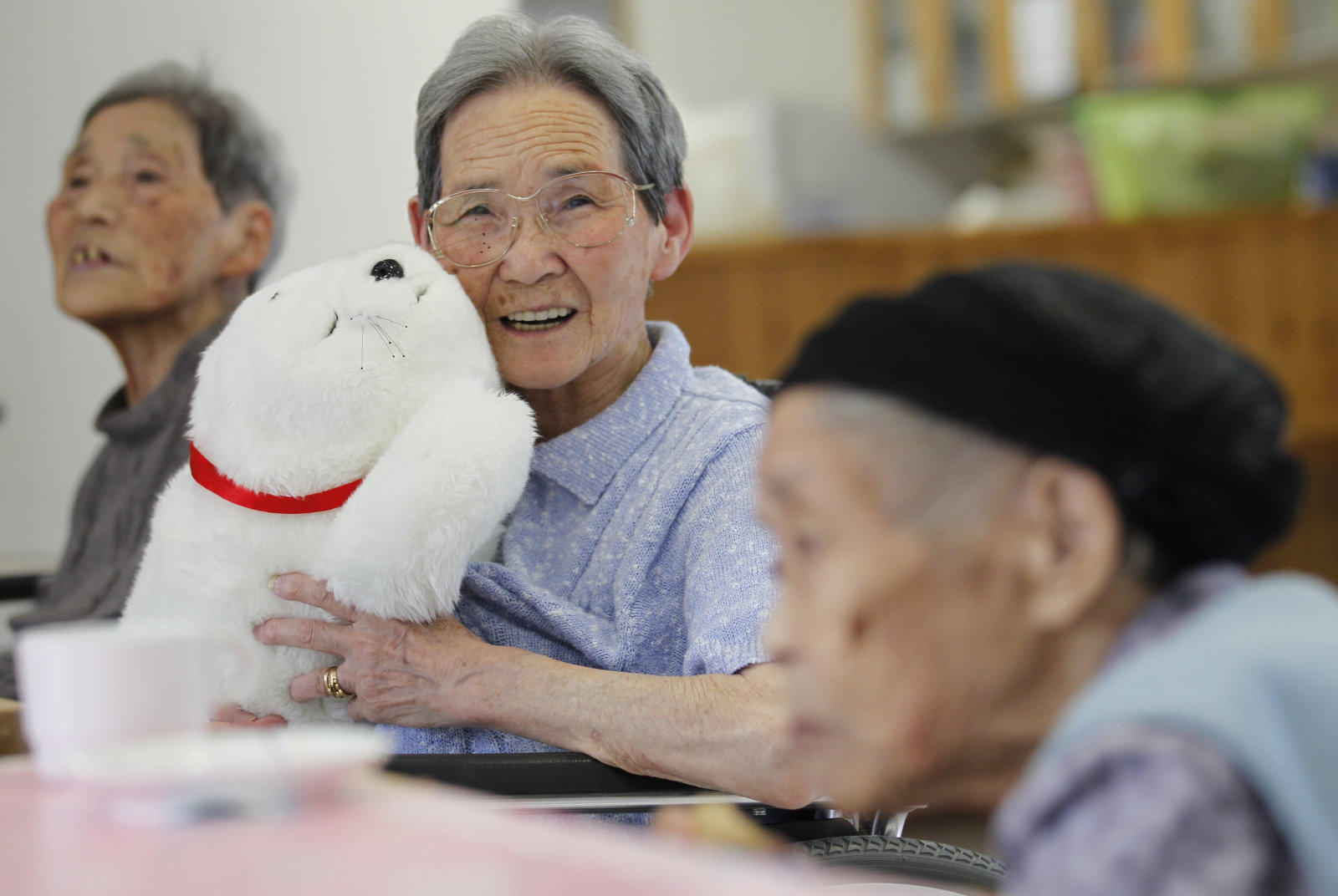From soaring costs to lonely seniors, there are many problems plaguing the eldercare sector today. The current demand for professional caregivers far outstrips the supply, and this situation is not getting better any time soon. Stakeholders are asking how they can tackle these problems and address the needs of seniors, and it seems that robots might have the answers.
Here’s how robotics and other technologies are solving the problems in this sector.
Personal robots
When most people think of robots, we see mechanized domestic workers handling tasks otherwise done by humans. But robots that are designed to help care for the elderly are a lot more than that. For instance, the PARO Therapeutic Robot resembles a baby bear and is built to stimulate patients suffering from cognitive disorders such as Dementia and Alzheimer’s. It provides the same animal therapy benefits a dog would, only that it doesn’t need to be fed and cared for like a real dog would. A lot of robotics companies are also exploring versatile robots that can adapt as requirements evolve over time. Robotics technology will soon be able to help seniors with the ‘activities of daily living’ and thus make it possible for people to ‘age in place’ (stay at home instead of being moved to a nursing home). In the foreseeable future, self-driving cars will ferry seniors to appointments, gatherings, and hospitals.
Interactive robots
Robots that help seniors don’t just need to perform tasks, they need to be interactive too. As seniors embrace technology more and more, researchers are looking at how they can make robots more user-friendly, intuitive, and highly interactive. This entails asking questions such as:
- Is a robot that understands and conveys emotions more effective?
- Can robots provide social support?
- Is it better if care-helper robots simulate eye-contact with people?
- Are robots that can converse better?
Of course, we don’t need to figure out the answers to all these questions before robots can begin to help seniors.
Providing round-the-clock care
Compared to human beings, mechanical caregivers can offer a distinct advantage. They can work around the clock. Machines don’t need to lay down to rest at night. They are available as needed – 24 hours a day 7 days a week. Using robots to conduct tasks such as mop floors can offload a burden from family caregivers and make it possible for them to spend more quality time with their aging parents and grandparents. Delegating mundane tasks to robot helpers leaves seniors free to engage in beneficial activities such as socializing with friends and people who care about them.
Senior-care robots are already springing up in Japan, a country that suffers from an apocalyptic shortfall of qualified caregivers. Although the industry is quite small right now, Japan’s ministry of Trade expects the robotic service industry to grow to over $4 billion annually by 2035. Europe and the United States are also accelerating the development and adoption of support robots.






